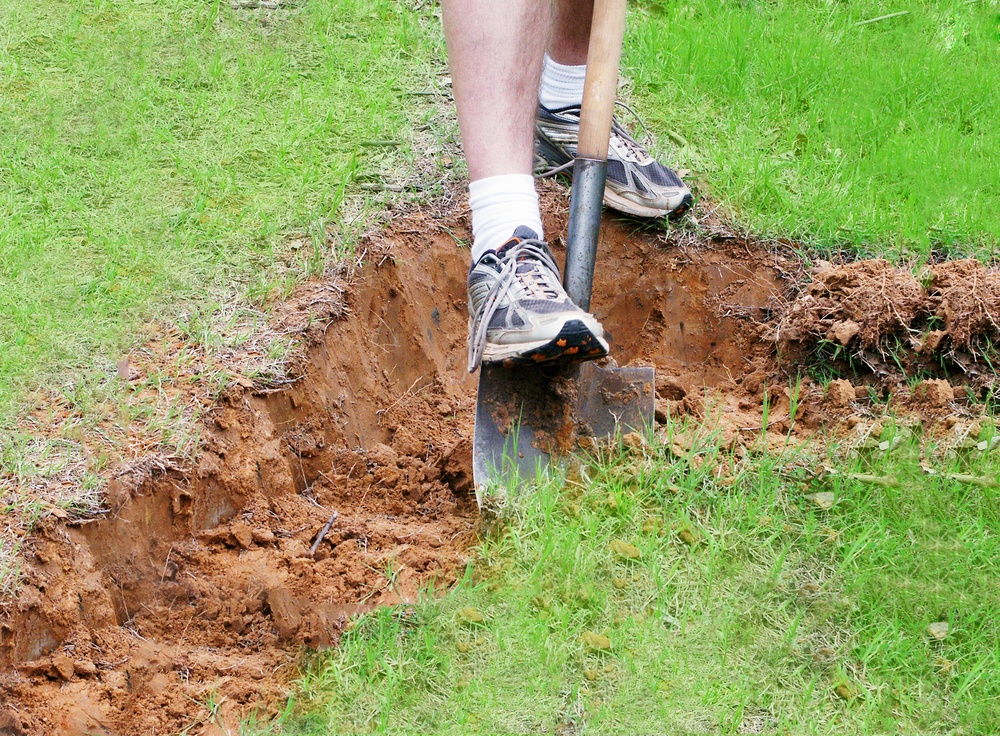How to Improve Clay Soil for Gardening: A Comprehensive Guide

Gardening is a rewarding hobby that can transform your outdoor space into a lush oasis. However, if you're dealing with clay soil, you might feel like you're fighting an uphill battle. Clay soil is notorious for its poor drainage and compact nature, making it difficult for plants to thrive. But don't let that deter you! With the right techniques and amendments, you can transform your clay soil into a fertile garden bed. Let's dive into how to improve clay soil for gardening and turn your garden into a flourishing paradise.
Understanding Clay Soil
Before we delve into the solutions, it's essential to understand what makes clay soil challenging. Clay soil is composed of tiny, flat particles that stick together, creating a dense and compact structure. This compactness leads to poor drainage and limited aeration, which can suffocate plant roots and hinder growth. Additionally, clay soil tends to be nutrient-deficient, making it even harder for plants to thrive.
How to Improve Clay Soil for Gardening
Amend Clay Soil with Organic Matter
One of the most effective ways to improve clay soil is by adding organic matter. Organic amendments like compost, manure, and leaf mold can significantly enhance soil structure, drainage, and fertility. These materials break down over time, creating a more porous soil that allows water and air to penetrate more easily.
Steps to Amend Clay Soil
- Prepare the Soil: Begin by loosening the soil with a garden fork or tiller. This step helps to break up the compacted clay and makes it easier to incorporate amendments.
- Add Organic Matter: Spread a layer of compost, manure, or other organic materials over the soil. Aim for a depth of 2-3 inches.
- Mix Thoroughly: Use a shovel or rototiller to mix the organic matter into the top 6-8 inches of soil. This ensures that the amendments are well-distributed and can effectively improve soil structure.
- Water Regularly: Keep the soil moist to aid in the decomposition process. The organic matter will break down more quickly in damp conditions.
Improve Clay Soil Drainage
Poor drainage is one of the primary issues with clay soil. Waterlogged soil can lead to root rot and other diseases, making it crucial to improve drainage.
Techniques to Enhance Drainage
- Raised Beds: Building raised beds can help to improve drainage by elevating the soil above the ground level. This allows excess water to drain away more effectively.
- Drainage Tiles: Installing drainage tiles or pipes can help to channel excess water away from the soil, preventing waterlogging.
- Soil Aeration: Aerating the soil with a garden fork or aerator can create channels for water and air to penetrate, improving overall drainage.
Improve Soil Fertility
Clay soil often lacks essential nutrients that plants need to grow. Improving soil fertility is crucial for creating a healthy garden.
Methods to Boost Fertility
- Fertilizers: Apply a balanced fertilizer to provide the necessary nutrients for plant growth. Organic fertilizers like bone meal, blood meal, and fish emulsion are excellent choices.
- Green Manure: Planting cover crops like clover or alfalfa can add organic matter and nutrients to the soil. These plants are then tilled into the soil, enriching it with valuable nutrients.
- Mulching: Adding a layer of organic mulch, such as wood chips or straw, can help to retain moisture and add nutrients to the soil as it decomposes.
Soil Amendments for Clay Soil
In addition to organic matter, there are other amendments that can help to improve clay soil.
Effective Soil Amendments
- Sand: Adding coarse sand can help to break up the compact structure of clay soil, improving drainage and aeration.
- Gypsum: Gypsum can help to loosen clay soil by binding with the clay particles, making the soil more porous.
- Perlite and Vermiculite: These lightweight materials can improve soil structure and drainage, making it easier for plant roots to grow.
Additional Tips for Gardening in Clay Soil
Choose the Right Plants
Some plants are better suited to clay soil than others. Opt for plants that are known to thrive in clay, such as:
- Trees: Maple, oak, and birch
- Shrubs: Hydrangea, lilac, and forsythia
- Flowers: Daylilies, coneflowers, and asters
Avoid Overwatering
Clay soil retains water more effectively than other soil types, so it's essential to avoid overwatering. Water your plants deeply but less frequently to prevent waterlogging.
Monitor Soil pH
Clay soil tends to be more alkaline, which can affect nutrient availability. Test your soil pH regularly and adjust it as needed with amendments like sulfur or lime.
Conclusion
Improving clay soil for gardening is a journey, but with the right techniques and amendments, you can transform your garden into a thriving oasis. By adding organic matter, enhancing drainage, boosting fertility, and choosing the right plants, you can overcome the challenges of clay soil and create a beautiful garden. So, grab your gardening gloves and get ready to turn your clay soil into a gardener's paradise!
FAQs
How long does it take to improve clay soil? Improving clay soil is a gradual process that can take several months to a year, depending on the amendments and techniques used.
Can I use clay soil for vegetable gardening? Yes, with proper amendments and drainage improvements, clay soil can be suitable for vegetable gardening.
What is the best time to amend clay soil? The best time to amend clay soil is in the fall or early spring, when the soil is workable and not too wet or dry.
How often should I test my soil pH? It's a good idea to test your soil pH every 1-2 years to monitor changes and adjust as needed.
Can I use clay soil for container gardening? Clay soil is not ideal for container gardening due to its poor drainage. It's better to use a well-draining potting mix for containers.


0 Response to "How to Improve Clay Soil for Gardening: A Comprehensive Guide"
Post a Comment